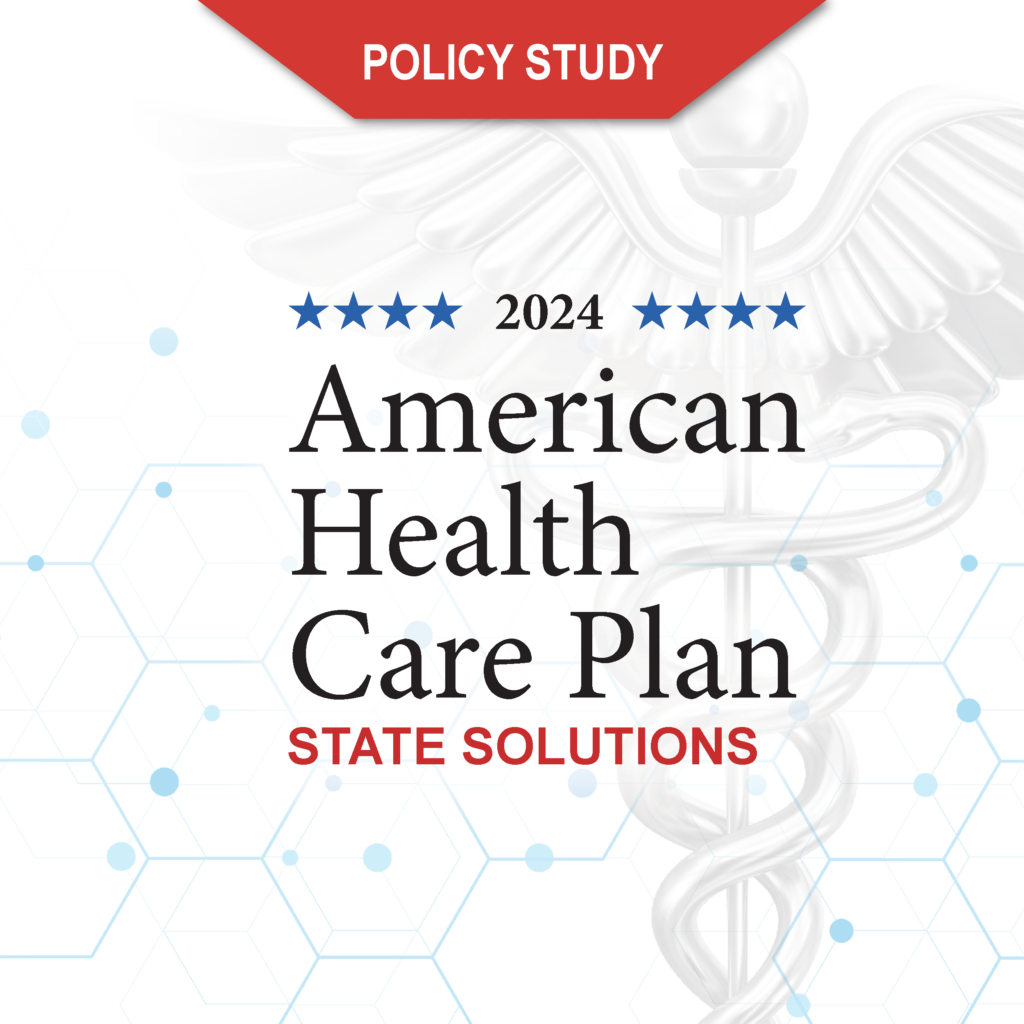The warning from all quarters, including HHS Secretary Tommy Thompson, is to avoid complacency, since the current economic downturn will mean many more people will lose health insurance coverage this year.
John Desser of the Coalition for Affordable Health Coverage has urged policymakers to increase options for SCHIP dollars to be used for private coverage, including tax credits for the purchase of private health coverage.
The Coalition for Affordable Health Coverage was launched in early October, showing broad support in the business community for solutions to help the uninsured obtain private health coverage. Kate Sullivan of the U.S. Chamber also advocates strengthening and expanding the current market-based system, recommending tax incentives for individuals who buy their own health insurance, including refundable tax credits for those with low incomes.
Jeff Lemieux of the Progressive Policy Institute has been advancing an idea to provide tax credits to displaced workers to continue their health coverage through COBRA. But why not give workers a choice of using the credit either for COBRA or for any other coverage they may choose?
Health Care Costs Rising
Last month, a study by the Center for Studying Health Systems Change found that health costs jumped 7.2 percent last year. Inpatient and outpatient hospital care, not prescription drugs, led the increase, accounting for 47 percent of the overall increase in health care costs in 2000.
So far, employers are absorbing most of the costs. But with the economic dislocations following the September 11 catastrophes, it will be difficult for them to continue doing so.
Adding to the problem, President George W. Bush and congressional leaders say they want to finish work on the misguided patients’ bill of rights. Passing this bill will certainly exacerbate future increases in the number of uninsured. By threatening employers who provide health coverage with lawsuits, many are likely to drop coverage.
The Consensus Group met in early October to try to assess the new policy landscape. We explored a number of options to help in these difficult economic times, including: targeting tax credits to individuals and families regardless of where they get their insurance; ending the use-it-or-lose-it provision for Section 125 health spending accounts, beginning with displaced workers; expanding and fixing Medical Savings Accounts; and easing the way for companies to shift to models of health coverage that give employers and employees more control over choices and costs.
Finally, many Consensus Group members and hundreds of others attended the memorial service for Norma Steuerle, wife of our colleague Gene, at Blessed Sacrament Church in Alexandria. It was a powerful reminder of the terrible loss that the Steuerle family and all of Norma’s friends and clients have suffered. And to multiply this loss by more than 6,600 is too much even tp comprehend. Keep them and our country in your prayers.
Grace-Marie Turner
RECENT NEWS AND PUBLICATIONS
How Congress Can Help the Uninsured Obtain Health Coverage
Nina Owcharenko
The Heritage Foundation
Refundable tax credits are the “broadest and most effective” way to help the uninsured, says Nina Owcharenko of The Heritage Foundation. This paper examines the problems with current federal programs, the benefits and impact of tax credits, and the current legislative proposals for tax credits. Nina also describes the key elements for an effective tax credit proposal, saying the credits must be individualized, refundable, transferable, and meaningful.
http://www.heritage.org/library/backgrounder/bg1475es.html
Health Insurance Tax Credits for Workers: An Efficient and Effective Administrative System Lynn Etheredge Health Insurance Reform Project September 2001
In this new paper, Lynn Etheredge outlines a system for administering health insurance tax credits to workers. The plan features payroll deductions and automatic enrollment, “proven methods to yield high enrollment at low costs,” he writes.
Etheredge describes his model system in the following way for a worker eligible for a $1,000 credit:
A new worker elects a health insurance plan and determines the amount of the payroll deduction to pay the balance of the premium. The employer notifies the health plan and forwards the payroll deductions via a service center. The health plan then notifies the Treasury Department and is paid the $1,000 tax credit. The worker then has insurance of his or her choosing with financing administered through the employer. http://www.gwu.edu/%7Ehirp/intros/Publications.htm
Waiting Your Turn: Hospital Waiting Lists in Canada Michael Walker with Greg Wilson The Fraser Institute September 25, 2001
The Fraser Institute has released its 11th annual survey of waiting time for surgical and other therapeutic treatments throughout Canada. The study finds that despite large increases in federal spending on health care, the wait times for treatment have increased from 13.1 weeks in 1999 to 16.2 weeks in 2000.
Walker describes the increase this way: “Canada-wide total waiting time increased significantly in 2000-01, and its level is high, both historically and internationally. Compared to 1993, waiting time in 2000-01 is 69 percent higher. Moreover, academic studies of waiting time have found that Canadians wait longer than Americans, Germans, and Swedes (sometimes) for cardiac care, although not as long as New Zealanders or the British.” http://www.fraserinstitute.ca/publications/critical_issues/2001/wyt/sect ion_03.html
Man Calls Emergency Room Home David Foster Associated Press/LA Times September 23, 2001
Foster’s article tells the story of Gregory Goins—a jobless, penniless man with health problems but no health insurance or Medicaid coverage. Goins has visited Highland Hospital’s emergency room more than 1,200 times since 1996. His transportation by ambulance and emergency room visits have cost taxpayers approximately $900,000.
Foster says, “His case, while extreme, is rooted in a widespread problem: America’s emergency rooms face a growing crush of patients, many uninsured and lacking other access to medical care. Among them are regular visitors who look to emergency rooms to provide food, human interaction or perhaps just a warm place to sit for a while.” http://www.latimes.com/news/printedition/california/la-000076371sep23.story
The Galen Report is a monthly review of health policy matters provided by The Galen Institute, P.O. Box 19080, Alexandria, VA 22320. Grace-Marie Turner is president. The report is compiled by editor Elizabeth Turner, who can be contacted at 703/299-9550. Or visit The Galen Institute Web site at http://www.galen.org.



